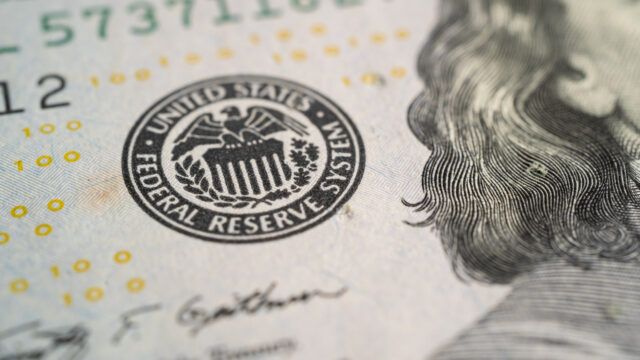Inflation-protected securities have been cast aside by many investors in anticipation of rate cuts, as consumer prices decline from their peak.
But over the past few months, DNCA deputy chief investment officer François Collet told FSA in an interview that US Treasury Inflation Protected Securities (TIPS) were starting to offer compelling value.
This is why the French-headquartered asset manager, owned by Natixis Global Asset Managers, saw an opportunity to increase their exposure to inflation-linked bonds while they were cheap.
“We think US TIPS offer value,” Collet said. “We acknowledge that inflation is on a downward path, but we doubt that is going to cool down to 2% and stay there for a long time.”
Indeed, this has proven to be a prescient trade given that inflation figures for March in the US came in hotter than expected at 3.5%, reducing market expectations of an early rate cut.
Instead, investors are now starting to consider the possibility of interest rates staying higher for longer in the face of resurgent inflation.
Steepening exposure
This bodes well for another trade Collet has running within his portfolios: steepening exposure. This positioning stands to benefit from a potential increase in yields for longer-term bonds.
“I believe that risk is not correctly priced by markets,” Collet said. “The US Treasury is issuing hundreds of billions in debt each month, and that is going to lead to at one point towards repricing of the risk.”
“We think that long-term rates should be higher because there is no real term premium in the fixed income space. The curve is inverted.”
Over the past decade, a flat yield curve and a previously strong negative correlation between equities and treasuries meant it made sense for investors to hedge an equity portfolio.
“It was easy to hedge and buy treasuries and hedge an equity portfolio,” Collet said. “I think that this correlation doesn’t stand anymore.”
This suggests that a large segment of US treasury buyers may be hesitant going forward given the inflationary risks on the horizon.
“What we’ve learned during 2022 and 2023 was that bonds are not necessarily going to protect you against downturns in equities because we are facing a higher inflation risk,” Collet continued.
“So that makes the low term premium in government bonds quite expensive, and I think that the curve should re-steepen. Today people are not really paid for the risk that they are taking to buy these long-term bonds.”
That is why he thinks that, although central banks are going to cut rates this year, it will not necessarily to lead towards lower long-term rates.
“On the contrary,” Collet said. “If the Fed is cutting 100 basis points, we are maybe going to see 10-year US rates at a higher level at the end of the year.”
Higher long-term rates
A higher rate on the US 10-year Treasury bond would have major implications for investors, given how widely anticipated rate cuts are across financial markets.
“If the Fed cuts rates it will refuel the economy, the market will think that a recession is not going to come and maybe it will put an end to the disinflation phase,” Collet said.
Markets for the past year or so have been assigning a higher probability of either a recession or a growth slowdown as likely scenarios.
“If at the end of the year, the market takes into account that risk to inflation and to growth are on the upside, that could lead toward a higher nominal rate,” Collet said.
Even if a recession does occur, Collet believes the Fed will cut deeper and faster than is currently expected to stimulate the economy.
“But what will happen to the US Treasury? They will try to come to the rescue to the economy, and run higher deficits or issue more bonds,” he said.
“The Fed is unlikely to be able to do quantitative easing anymore, and that means we’re going to see much more issuance of debt and at some point, people we need to ask for higher term premium to invest.”
“Investors aren’t going to buy long term treasuries without any premium,” he concluded.

















